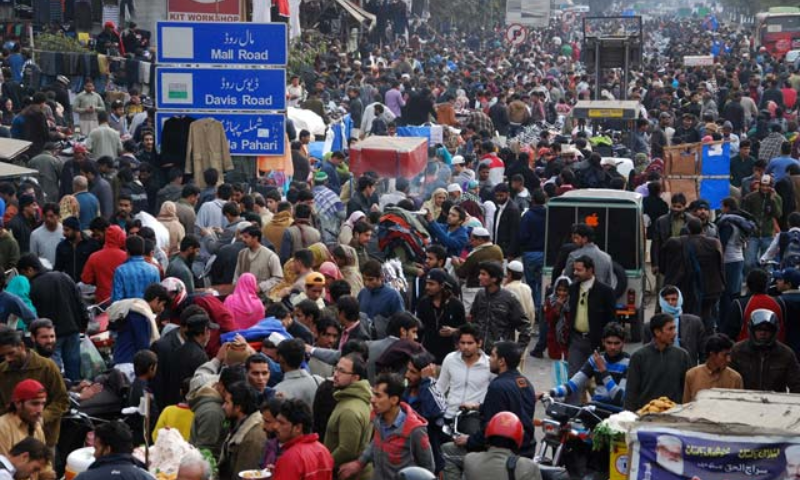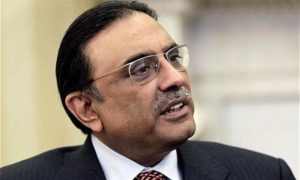World Population Day, observed annually on July 11th, serves as a critical reminder of the pressing issues surrounding global population growth and its far-reaching impacts on our planet and societies. Established by the United Nations Development Programme in 1989, this day aims to raise awareness about population-related challenges and promote sustainable solutions for a balanced and thriving world.
The world has witnessed an unprecedented population explosion over the past century. From 3.84 billion in 1972, the global population surpassed the 8 billion mark in 2022, more than doubling in just 50 years. Projections suggest that by 2050, we could reach a staggering 10 billion people on Earth. This rapid growth brings both opportunities and challenges, affecting every aspect of human life and our planet’s ecosystems.
The theme for World Population Day changes annually, highlighting various aspects of population concerns.
Recent themes have addressed topics such as family planning, maternal health, youth empowerment, and the intersection of population growth with sustainable development goals. These themes reflect the evolving nature of population challenges and the need for adaptive strategies to address them.
In the global context, Pakistan stands out as a country experiencing significant population growth. As of January 2024, Pakistan’s population reached 242.8 million, making it the fifth most populous country in the world. This figure represents a 2.0% increase from early 2023, with an addition of 4.7 million people in just one year.
The gender distribution in Pakistan shows a slight imbalance, with 50.4% of the population being male and 49.6% female. This demographic composition has implications for various social, economic, and developmental aspects of the country.
Pakistan’s share of the global population is substantial, accounting for 2.99% of the world’s total. This significant proportion underscores the importance of addressing population issues in Pakistan not just for the country’s own development but also for global demographic balance.
The rapid population growth in Pakistan presents multifaceted challenges that touch upon various aspects of society and the environment:
Resource Scarcity: With a burgeoning population, the demand for essential resources such as food, water, and energy has skyrocketed. This increased demand puts immense pressure on the country’s natural resources, leading to scarcity and potential conflicts over resource allocation.
Environmental Degradation: The need for more housing, infrastructure, and agricultural land to support the growing population has resulted in widespread deforestation, loss of biodiversity, and increased pollution. These environmental impacts not only affect the quality of life for current generations but also threaten the sustainability of resources for future generations.
Healthcare Strain: Pakistan’s healthcare system faces significant challenges in providing quality services to its rapidly growing population. Overcrowded hospitals, shortage of medical professionals, and limited access to healthcare facilities in rural areas are some of the pressing issues.
Education System Pressure: The education sector struggles to keep pace with the growing number of school-age children. Overcrowded classrooms, insufficient infrastructure, and a shortage of qualified teachers hinder the provision of quality education to all.
Unemployment and Underemployment: The job market in Pakistan faces difficulties in absorbing the large number of young people entering the workforce each year. This leads to high unemployment rates and underemployment, potentially fueling social unrest and economic instability.
Urban Overcrowding: Rapid urbanization, driven partly by population growth, has led to the expansion of slums and informal settlements in major cities. This urban overcrowding strains city infrastructure and services, leading to poor living conditions for many.
Water Scarcity: Pakistan is already a water-stressed country, and population growth exacerbates this issue. The per capita water availability has been declining steadily, posing serious threats to agriculture, industry, and daily life.
Food Security: Ensuring food security for a rapidly growing population is a significant challenge. The pressure to increase agricultural production often leads to unsustainable farming practices, further degrading soil quality and water resources.
Economic Pressure: Supporting a large, young population requires substantial economic resources. The strain on public finances to provide basic services, infrastructure, and social support can hinder overall economic development.
Social Tensions: Rapid population growth can exacerbate existing social tensions and inequalities, potentially leadin g to conflicts over resources, jobs, and opportunities.
Recognizing these challenges, Pakistan has set ambitious goals to manage its population growth:
Increase Contraceptive Prevalence Rate (CPR): The government aims to raise the CPR from the current 34% to 50% by 2025 and 60% by 2030. This increase in contraceptive use is crucial for family planning and controlling population growth.
Reduce Fertility Rate: The target is to lower the fertility rate from 3.6 births per woman to 2.8 births by 2025 and further to 2.2 births per woman by 2030. This reduction is essential for stabilizing population growth in the long term.
Lower Population Growth Rate: The goal is to decrease the average population growth rate from 2.4% to 1.5% by 2025 and to 1.1% by 2030. Achieving this target would significantly slow down the pace of population increase.
To achieve these goals and address the challenges posed by population growth, Pakistan needs to implement a comprehensive and multi-faceted approach:
Enhance Family Planning Services: Improving access to family planning services, including contraceptives, is crucial. This involves not only increasing the availability of these services but also ensuring they are affordable and culturally acceptable.
Education and Awareness: Launching extensive public education campaigns about family planning, reproductive health, and the impacts of population growth can help change societal attitudes and behaviors.
Women’s Empowerment: Promoting gender equality and women’s empowerment, particularly in education and employment, can lead to better family planning decisions and reduced fertility rates.
Improve Healthcare Infrastructure: Investing in healthcare facilities, especially in rural areas, can improve maternal and child health, reducing infant mortality rates which often correlate with high fertility rates.
Integrate Population Policies: Ensuring that population policies are integrated into broader development strategies, including education, health, and economic policies, is essential for a holistic approach.
Youth Education and Employment: Focusing on education and skill development for the youth can delay marriage age and provide alternatives to early childbearing, while also preparing them for productive roles in the economy.
Sustainable Resource Management: Implementing policies for sustainable management of natural resources, including water conservation and reforestation programs, is crucial to support the growing population.
Urban Planning: Developing comprehensive urban planning strategies to manage the growth of cities and improve living conditions in urban areas.
Economic Opportunities: Creating more job opportunities, particularly in rural areas, can help distribute the population more evenly and reduce pressure on urban centers.
Research and Data Collection: Continuous research and data collection on population dynamics can inform better policy-making and implementation strategies.
Pakistan’s population challenges are not isolated; they are part of a global demographic shift. Many developing countries face similar issues, while developed nations grapple with aging populations and low birth rates. This global imbalance necessitates international cooperation and knowledge sharing.
World Population Day provides a platform for global dialogue on these issues. It encourages countries to share best practices, collaborate on research, and provide support to nations struggling with rapid population growth. For Pakistan, engaging in this global dialogue can bring valuable insights and potential assistance in addressing its population challenges.
In addressing population issues, technology and innovation play crucial roles. Digital health solutions can improve access to family planning information and services, especially in remote areas. Data analytics can help in better understanding population trends and designing targeted interventions. Innovations in agriculture and resource management can help in sustainably supporting larger populations.
While addressing population growth, it’s crucial to maintain a balance between demographic goals and individual rights. Any population control measures must respect human rights, cultural sensitivities, and personal choices. Coercive measures or policies that infringe on reproductive rights are not only unethical but also often counterproductive in the long run.
World Population Day serves as a reminder of the complex challenges posed by global population growth, particularly in countries like Pakistan. The rapid increase in population impacts every aspect of life, from resource availability to social dynamics. However, with concerted efforts, strategic planning, and international cooperation, these challenges can be addressed.
For Pakistan, the path forward involves a delicate balance of implementing effective population control measures while ensuring sustainable development. By focusing on education, healthcare, women’s empowerment, and sustainable resource management, Pakistan can work towards a future where population growth is in harmony with economic development and environmental sustainability.
As we observe World Population Day, it’s crucial to remember that population issues are not just about numbers; they’re about people’s lives, aspirations, and the future of our planet. Every individual has a role to play in creating awareness, making informed choices, and supporting policies that promote balanced and sustainable population growth. Only through collective action and global solidarity can we hope to create a world where every person not only survives but thrives, in balance with the planet’s resources and ecosystems.



























